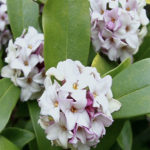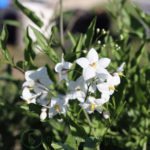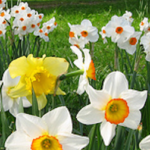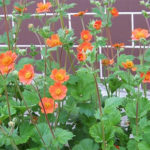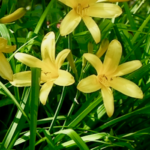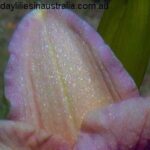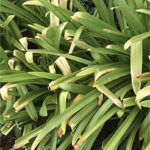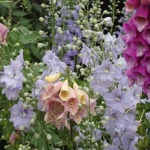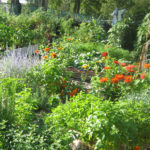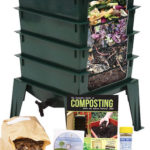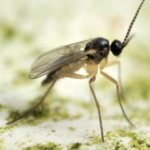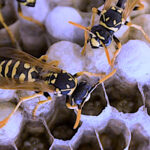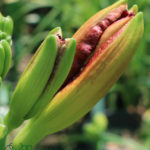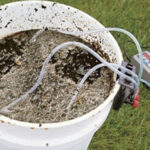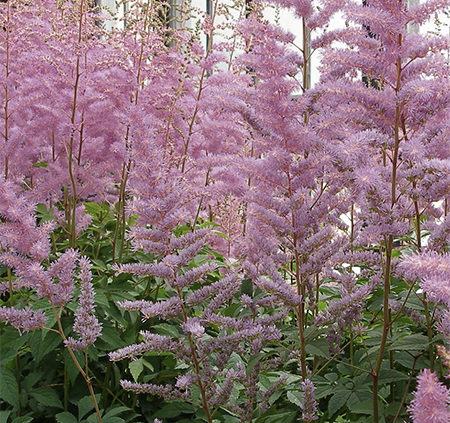
Astilbe Perennial Plant Grow Care
Astilbe Plants: Grown in Shade With Moist Not Wet Soils
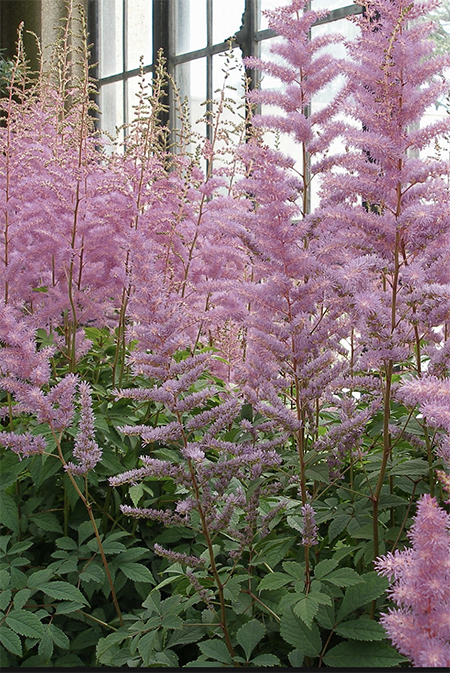 Astilbe is a perennial native to East Asia. This plant belongs to the family Saxifragaceae. This plant is rhizome rooted and produces flowers during summer. The flower heads are showy but individual flowers are small and dull. Astilbe has compound leaves with toothed edges. Foliage is glossy and fern-like. The size of flower clusters ranges from 6 inches to 2 feet. The height of the plant ranges from 6 inches to 5 feet, depending on the variety of the plant. These plants are suitable for shady areas where other plants won’t thrive. Astilbe flowers can be used as the focal point in your summer garden. There are more than 25 species of this plant available and there are hundreds of hybrid varieties. The flower colour ranges from white, pastel to dark purple. If you want Astilbe to bloom at a different time, the best thing you can do is, try growing different varieties. Flowers are suitable for clipping, used year round, can be used dried or fresh, in mono bouquets or combined together in colourful flower mixes in all types of floral design.
Astilbe is a perennial native to East Asia. This plant belongs to the family Saxifragaceae. This plant is rhizome rooted and produces flowers during summer. The flower heads are showy but individual flowers are small and dull. Astilbe has compound leaves with toothed edges. Foliage is glossy and fern-like. The size of flower clusters ranges from 6 inches to 2 feet. The height of the plant ranges from 6 inches to 5 feet, depending on the variety of the plant. These plants are suitable for shady areas where other plants won’t thrive. Astilbe flowers can be used as the focal point in your summer garden. There are more than 25 species of this plant available and there are hundreds of hybrid varieties. The flower colour ranges from white, pastel to dark purple. If you want Astilbe to bloom at a different time, the best thing you can do is, try growing different varieties. Flowers are suitable for clipping, used year round, can be used dried or fresh, in mono bouquets or combined together in colourful flower mixes in all types of floral design.
How to Grow?
Though Astilbe plants can thrive in shady areas, planting them in areas with one or two hours of morning sun make them more productive. These plants cannot withstand full sun. Astilbe plants prefer organic content rich soil. Adding compost to the soil while planting enriches the soil and improves drainage. Amending the soil to the depth of 8-12 inches will help in proper root development. Once planted the soil should be kept moist consistently. Seeds of the plants are difficult to germinate. Planting divisions are the easiest way to grow these plants. Plant the divisions during the spring with spacing of 1-3 feet between the plants depending on the variety you select. Astilbes can also be planted in containers with contrasting sweet alyssum plant creeping over the edge.
How to Care for Astilbe?
It is highly important for Astilbe to keep the soil moist and this will keep them happy. Water logging and dry soil can kill the plants. The moisture loving plants requires deep watering once or twice in a week rather than daily sprinkling. Drying leaf margins indicate dry soil. These plants spread quickly once established and form clumps. As the plant grows, the crowns will get pushed above the soil. Covering the plant base with humus rich soil is necessary. Once clumps grow in size you need to lift them and replant them after division. It is better to divide the clumps in every 3 to 4 years. Feed the Astilbe plants with organic fertiliser during spring to enhance flower production. Flowers will come back if you clip off the spent flower stems after blooming finishes. The foliage of the plant will last until autumn. The leaves may turn yellow after the first frost. Trim the leaves if needed. Fresh leaves will appear in the spring.
Pests and Diseases
These plants require less maintenance and are usually free from pests and diseases. The common disease includes bacterial leaf spots and powdery mildew.
Important Varieties
The attractive varieties suitable for the garden include:
- Venus – With bright green leaves and bright pink coloured flowers.
- Fanal – With dark green leaves and crimson coloured flowers.
- Irrlicht – With dark green foliage and white fluffy flowers.


